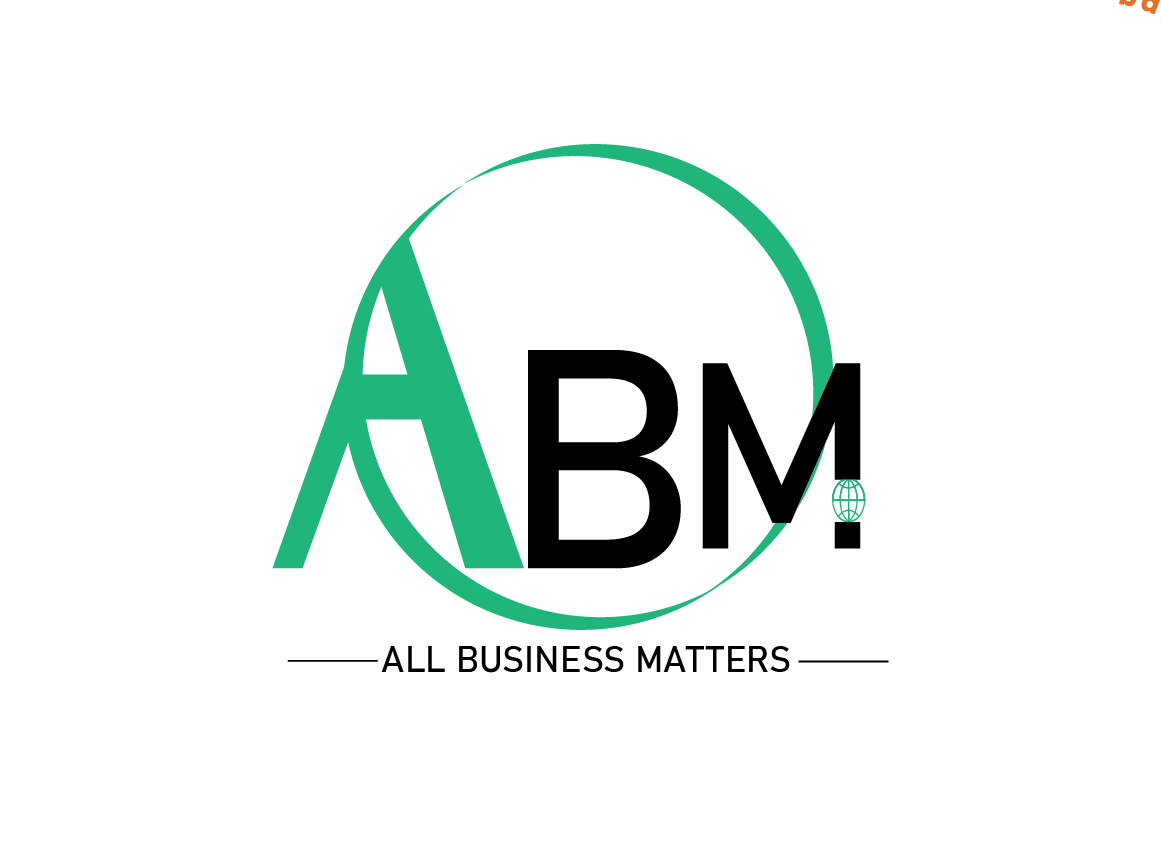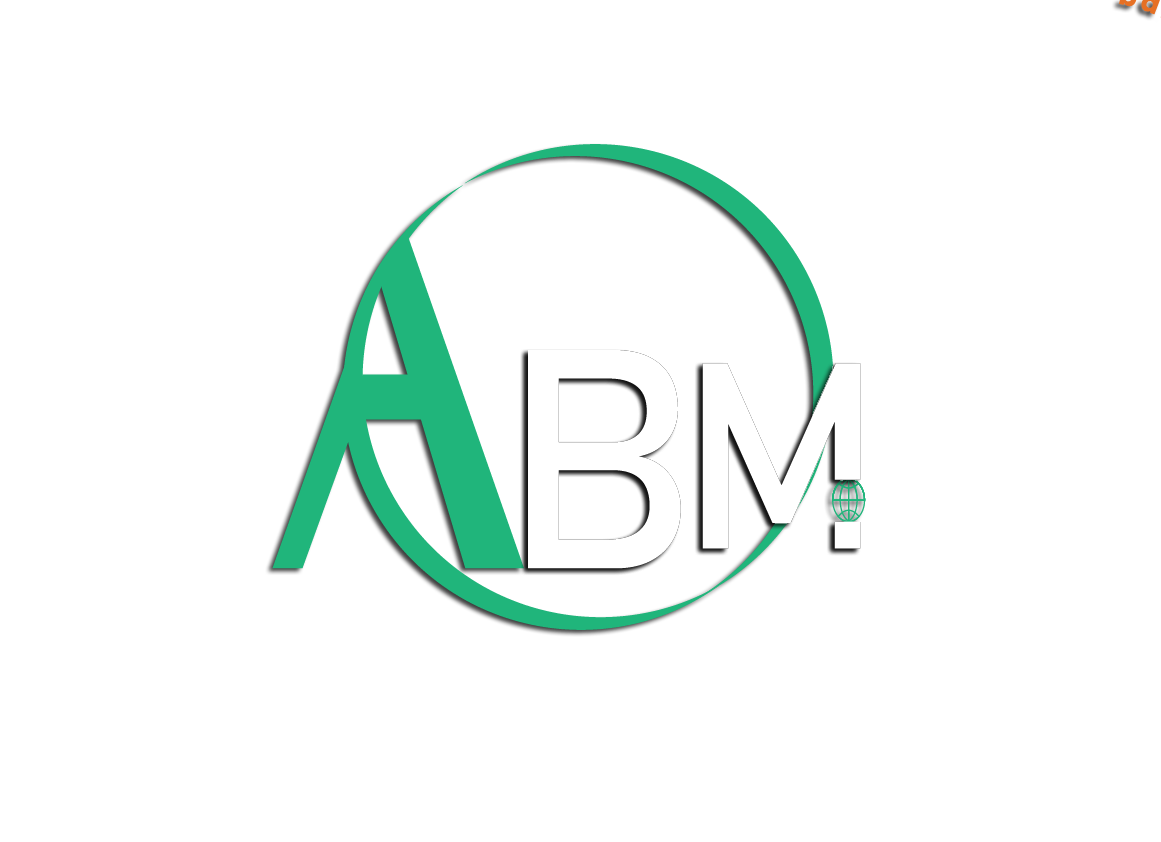
SEO made easy: Your essential playbook for online success!
In today’s digital realm, where millions of businesses and website owners struggle for attention, grasping SEO might prove to be a secret weapon for success. SEO is the art and science of getting noticed and ranked on Google Search’s first page.
“Did you know that over 90% of online experiences begin with a search engine?”
This means that if your website isn’t SEO optimized you might lag behind the opportunity of getting potential visitors.
If you are a small business owner, a blogger, or a digital marketer, understanding SEO basics and applying them significantly increases visibility and drives meaningful organic traffic to your website. Ready to unlock the secrets of SEO and watch your audience grow? Let’s dive in and look into SEO basics, fundamentals of SEO for beginners and the SEO best practices and techniques to be followed!
Understanding SEO: What it is and How it works
SEO (Search Engine Optimization), a cost-effective strategy, is a technique for boosting websites to elevate themselves on search engines like Google. For this reason, it is a vital marketing strategy for any business or website. This includes optimizing numerous fundamentals such as content, keywords, and other technical aspects.
The role of a search engine is to provide user satisfaction to its searchers using algorithms that match the user’s query with the best possible information available. It then uses signals to reorder the content that appears to the user. An SEO expert aims to understand those signals so that the user can find your content and acquire the relevant and best information present on Google.
SEO Basics: An Overview:

SEO basics define the essential concepts and the elementary practices that aid in ranking a website in search engine results. Keeping an eye on the SEO basics and SEO techniques, underneath are some of its key components divided into On-Page and Off-Page SEO:
On-Page SEO: On-page SEO refers to optimizing individual pages of your website by using appropriate title tags, headings, and content.
- Optimize meta tags; titles and descriptions to provide a clear idea of your page, which improves click-through rates
- Certify that the URL is simple and descriptive.
- The pages should be interlinked for easier navigation.
- The use of alt text is recommended when optimizing images.
Keyword Research: Keyword research is the key to all the steps. It refers to identifying the word your target audience is using to search for content related to your niche. It requires understanding the target audience, brainstorming the keywords, and using SEO tools for keyword research such as; Google Keyword Planner, Ahrefs, SEMrush, and Moz. It also involves analyzing long-tail keywords and the user intent. Long tail keyword means to use a phrase made of words longer than usual to cope with the competitive market and get noticed in the long run. It’s the job of the content writer to tailor the content to match the search intent behind the keywords.
Technical SEO: This involves optimization of the infrastructure of your website so that search engines might crawl, index and rank it successfully. This includes technical elements like site speed, mobile friendliness, XML sitemaps, and structured data.
- Site Speed: Users usually prefer fast-loading pages and thus Google as well ranks them first. This can be attained by optimizing images, minimizing code, and leveraging caching.
- Mobile Friendliness: In a mobile-friendly era, Google also considers the mobile version of your site for ranking.
- XML sitemaps: A file including a list of all important pages of your website is required to be submitted to search engines for clarity and visibility.
- Structured Data: Structured Data is a blend of page information and its contents. It benefits by enhancing search visibility, improving click-through rates, and eventually helping improve the ranking.
Analytics and Monitoring:
SEO best practices and SEO techniques entail the need for keyword analytics and monitoring. They are vital for evaluating the effectiveness of SEO best practices by making informed data-driven decisions. There are certain tools for SEO for beginners that can be used to track SEO performance for example; Google Analytics, and Google Search Console. Google Analytics tracks and reports website traffic, user behavior, and conversion metrics, and Google Search Console monitors and maintains your site’s presence in Google Search results.
Off-Page SEO:
Off-page SEO refers to activities that can be done outside your website to improve the ranking. This primarily involves building relationships through various external links.
Link Building: Link Building is considered one of SEO best practices as it enhances the credibility and authority of your website. It is the process of acquiring hyperlinks from other websites to your own. These links, or backlinks are vital as they send signals to the search engines assuring that your content is valuable and trustworthy.
Significance of Backlinks:
- Backlinks are considered as votes of confidence i.e. websites with a higher number of quality backlinks tend to rank better in search results.
- Related content grasps users’ interest which results in higher engagement to your site.
- Backlinks from alleged websites can increase domain authority, ensuring credibility in search engines and users.
Strategies for acquiring Backlinks:
- Producing high-quality informative and shareable content can naturally attract backlinks.
- Reach new audiences and build relationships with other content creators by offering guest blogging to their sites.
- Outreach to different bloggers and influencers for a shoutout and let them know why your content is valuable to the audience.
Internal and External Links:
- Internal Links refer to pages within the website guiding the visitors to the related content.
- External Links point to pages on different websites. They can enhance credibility by linking to authoritative sources.
SEO Best Practices and Pitfalls
It’s essential to implement SEO best practices, such as optimizing meta tags, creating quality content, and building high-quality backlinks.
However, stuffing keywords, duplicating pages, neglecting analytics, and some other aspects are some basic drawbacks of SEO techniques and SEO best practices.
Conclusion:

SEO is an ongoing process that requires continual learning, adaptation, and commitment to improve online visibility, drive traffic, and upsurge user engagement. Staying updated on SEO best practices and avoiding common pitfalls will help you navigate the evolving SEO landscape.
We’d love to hear from you. If you are starting or have been optimizing, share your SEO experiences, challenges, and questions in the comments below. Your insights are valuable. Let’s collaborate and grow together on this SEO journey!


